What the critics are saying about Tracey Emin/Edvard Munch at the Royal Academy
Seeing their work side by side, it is clear that the artists share ‘a depth of turmoil that can leave you breathless’
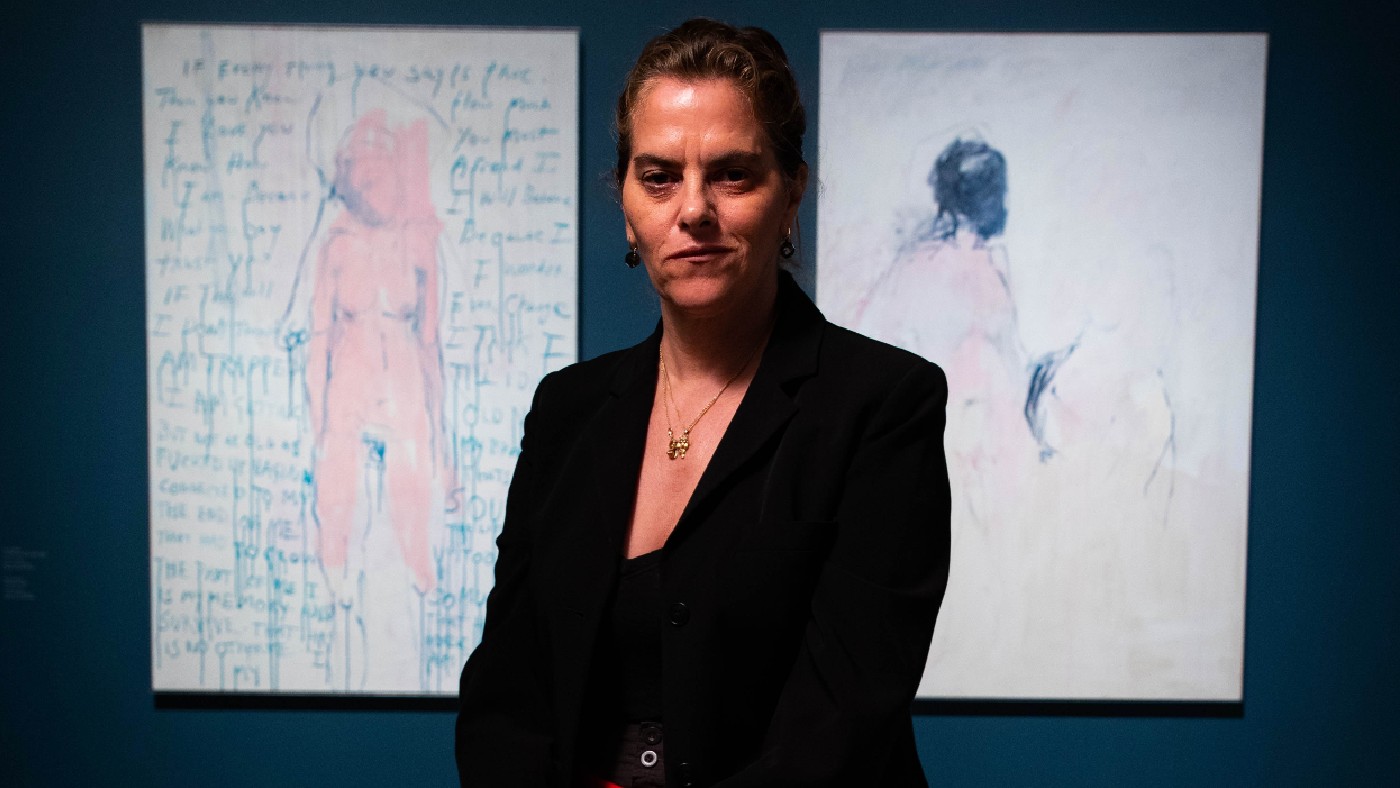
The old critical maxim that you should “look at the work, not the life” never made much sense with Tracey Emin, said Tim Adams in The Observer. Her uncompromisingly confessional work has always explored her life “in messy close-up”, exposing “body and soul” for all the world to see. And her work is as “visceral” as ever in this long-delayed exhibition, which pairs her art with that of her hero, Edvard Munch.
When Emin was assembling the show – called The Loneliness of the Soul – she had genuine reason to believe it might be her last. In June 2020, she was diagnosed with an aggressive form of bladder cancer that required “radical surgery”. As she listed with “typical courageous candour”, she had “her bladder, her uterus, her fallopian tubes, her ovaries, her lymph nodes, part of her colon, her urethra and part of her vagina removed”.
Emin, thankfully, has now made a full recovery, yet the spectre of impending death haunts every corner of this triumphant exhibition. Bringing together more than 25 of her works, including paintings, neons and sculptures alongside 18 oils and watercolours by Munch, the display demonstrates how the Norwegian artist’s anxiety-ridden imagery has informed Emin’s practice since her student days: both have placed a sense of loneliness and anguish at the heart of their art. Beyond this, however, the exhibition brings “everything that Emin has made and felt and suffered in the past” to “full expression”.
The Week
Escape your echo chamber. Get the facts behind the news, plus analysis from multiple perspectives.

Sign up for The Week's Free Newsletters
From our morning news briefing to a weekly Good News Newsletter, get the best of The Week delivered directly to your inbox.
From our morning news briefing to a weekly Good News Newsletter, get the best of The Week delivered directly to your inbox.

Although Emin’s contributions to the show actually predate her diagnosis, it’s hard not to view them “through the prism of her illness”, said Alastair Sooke in the Daily Telegraph. The “no-holds-barred canvases” here are characterised by “crimson rivulets and dark ominous clots”, “writhing, coupling, pain-stricken bodies” and “a frenzy of thrashing drips and lines”. They are the artistic equivalents of “an anguished howl reverberating across a wasteland”.
Her selection of Munch’s art, meanwhile, is “immaculate”: a wall of ten “intimate, incandescent” watercolours of female models Munch painted towards the end of his life is “tinged with a wistful, detached eroticism”. An oil painting of a nude depicts its subject “with bright red hands, as though freshly dipped in gore”; and Women in Hospital (1897) “dwells on the ageing female body” – a daring subject for its time.

There are disappointments, however: Emin’s sculptures here represent “a misstep”, while a 1998 neon spelling out the words “My c*** is wet with fear” is an unnecessary evocation of her “YBA glory days”. Emin describes Munch as a “kindred spirit”, said Nancy Durrant in the London Evening Standard. Small wonder: seeing their work side by side, it is clear that the artists share “a rawness, an honesty and a depth of turmoil that can leave you breathless”.
Munch’s “painterly influence”, too, is often explicit: Emin’s 2018 canvas I came here For you, for instance, feels like a deliberate “echo” of her forebear’s Model by the Wicker Chair (1919-21). It is all deeply moving–and in Emin’s case, “often distressingly intimate”. Indeed, if there’s one complaint, it’s that “the sheer heart-stopping clamour of her paintings is almost too much for Munch’s quieter anguish”. There is “something magnificent about that, but my God, it’s a lot”.
A free daily email with the biggest news stories of the day – and the best features from TheWeek.com
Royal Academy, London W1 (royalacademy.org.uk). Until 1 August
-
 Trump’s poll collapse: can he stop the slide?
Trump’s poll collapse: can he stop the slide?Talking Point President who promised to ease cost-of-living has found that US economic woes can’t be solved ‘via executive fiat’
-
 Codeword: December 7, 2025
Codeword: December 7, 2025The daily codeword puzzle from The Week
-
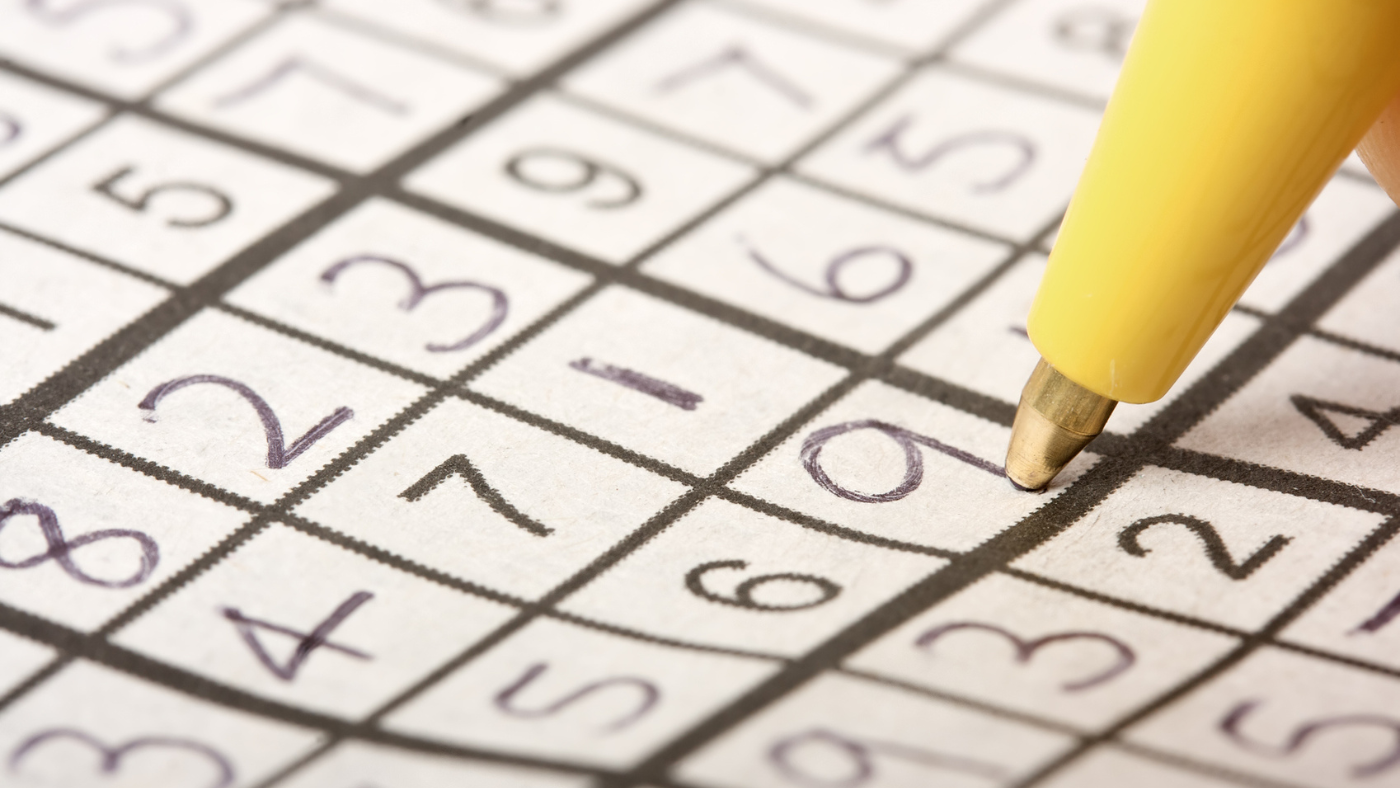 Sudoku hard: December 7, 2025
Sudoku hard: December 7, 2025The daily hard sudoku puzzle from The Week
-
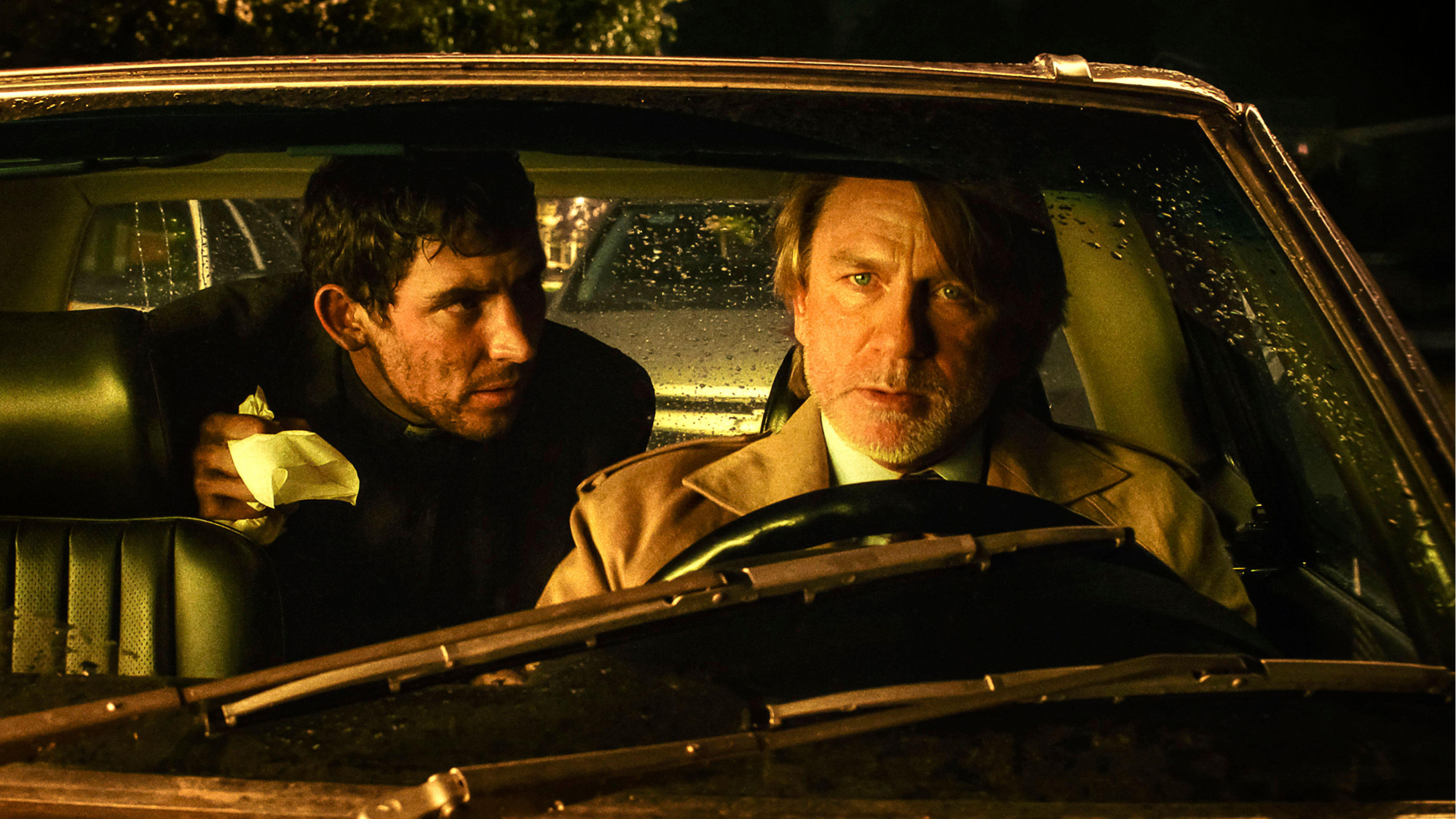 Wake Up Dead Man: ‘arch and witty’ Knives Out sequel
Wake Up Dead Man: ‘arch and witty’ Knives Out sequelThe Week Recommends Daniel Craig returns for the ‘excellent’ third instalment of the murder mystery film series
-
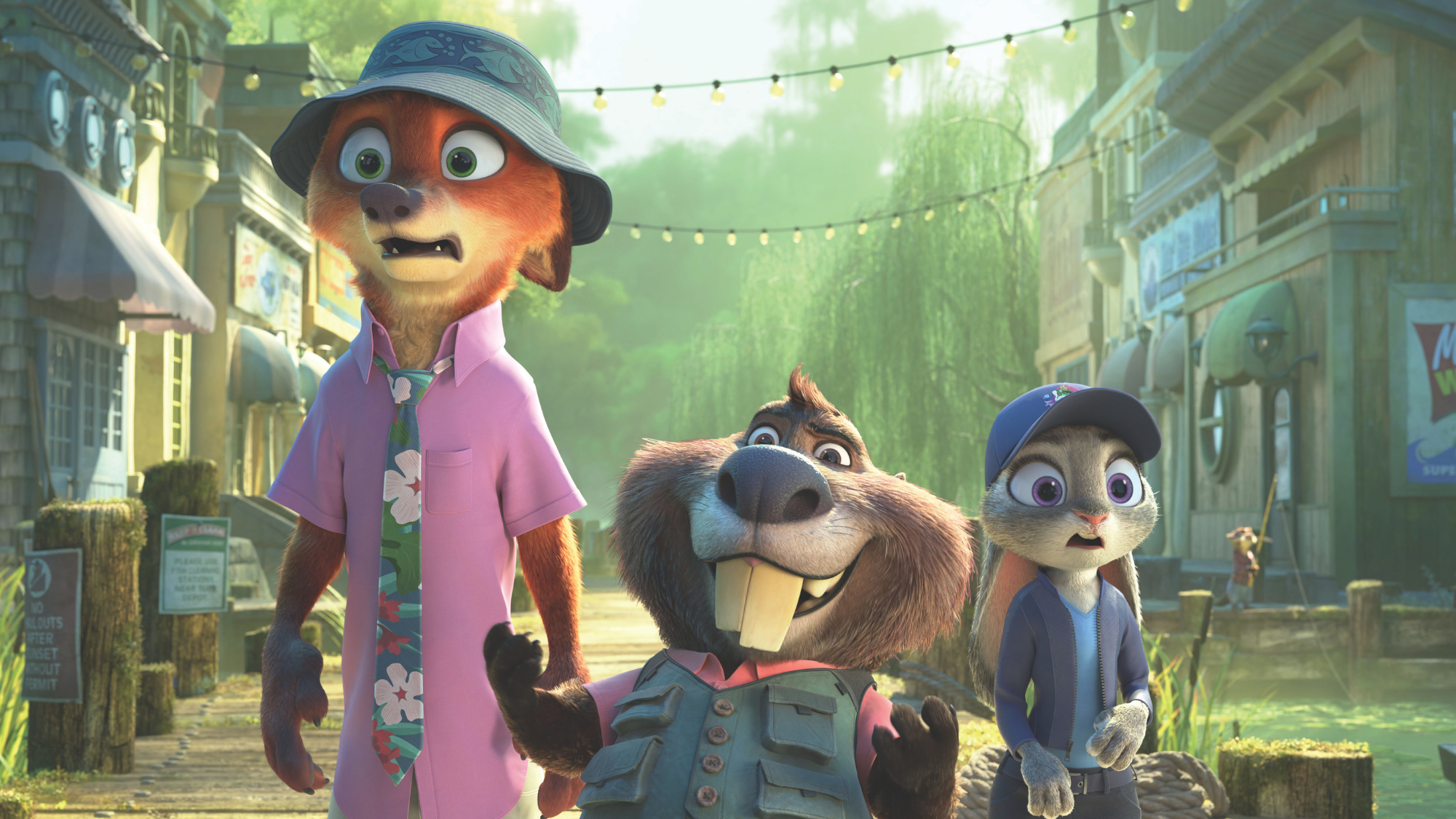 Zootropolis 2: a ‘perky and amusing’ movie
Zootropolis 2: a ‘perky and amusing’ movieThe Week Recommends The talking animals return in a family-friendly sequel
-
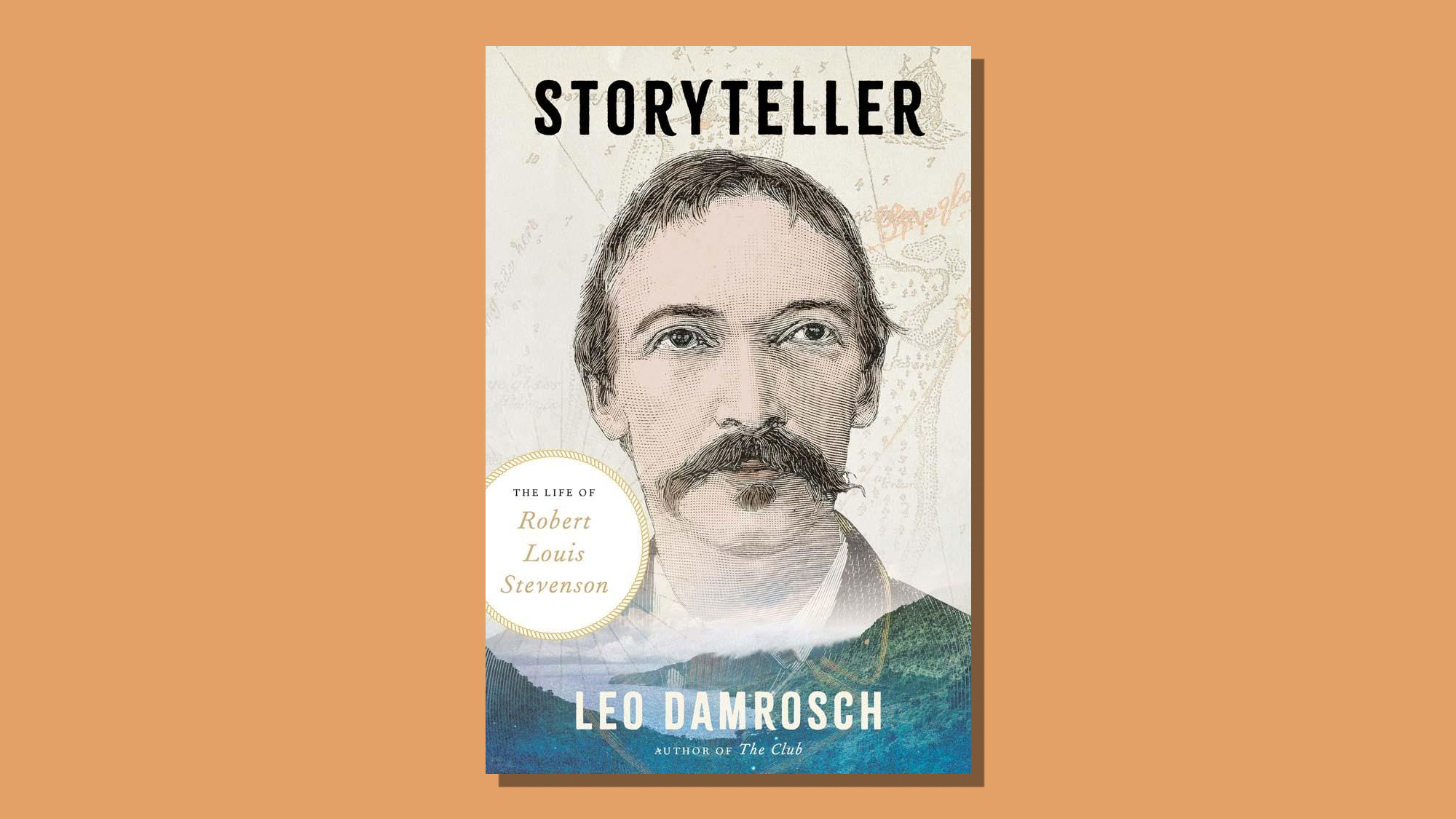 Storyteller: a ‘fitting tribute’ to Robert Louis Stevenson
Storyteller: a ‘fitting tribute’ to Robert Louis StevensonThe Week Recommends Leo Damrosch’s ‘valuable’ biography of the man behind Treasure Island
-
 The rapid-fire brilliance of Tom Stoppard
The rapid-fire brilliance of Tom StoppardIn the Spotlight The 88-year-old was a playwright of dazzling wit and complex ideas
-
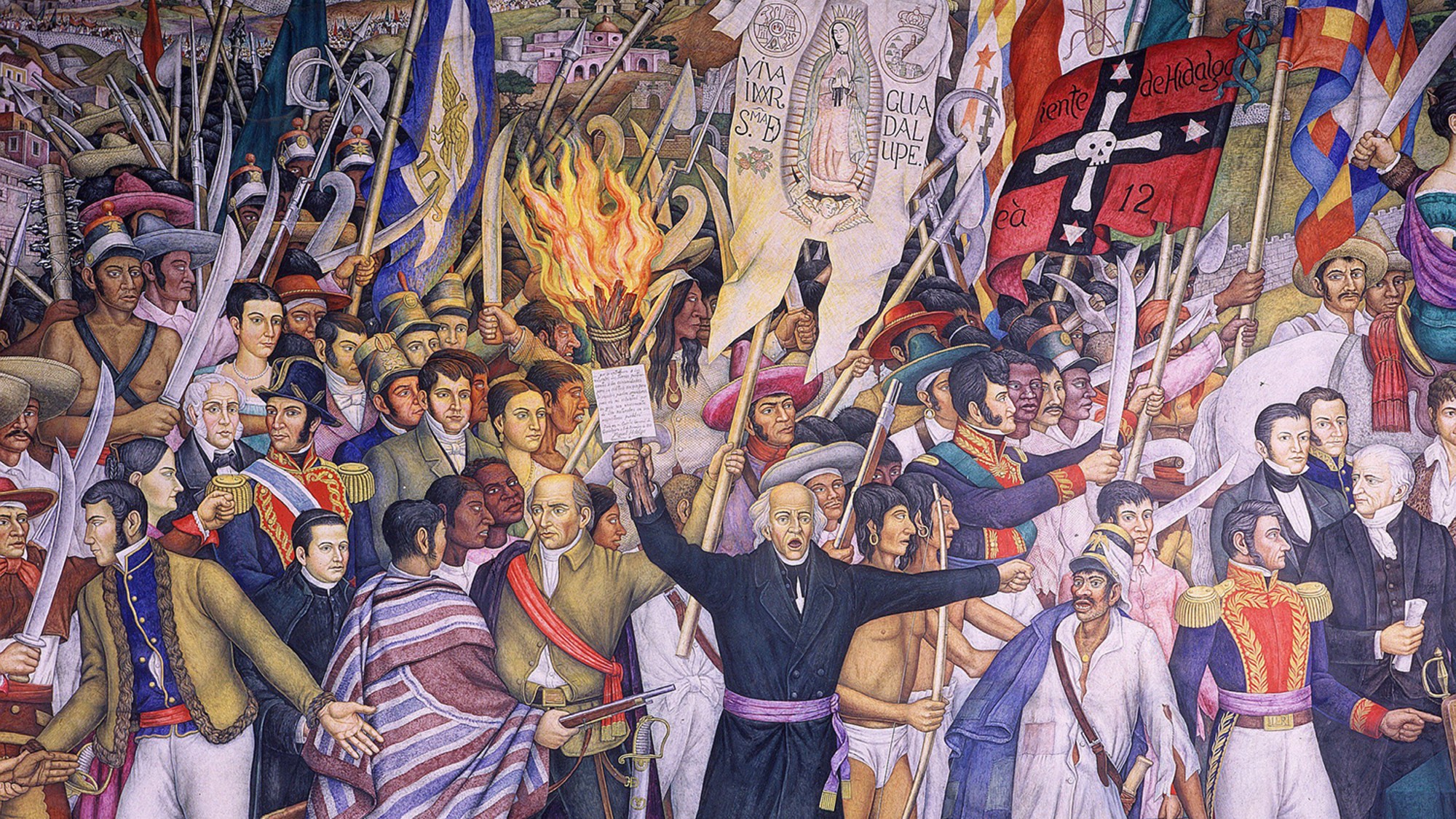 ‘Mexico: A 500-Year History’ by Paul Gillingham and ‘When Caesar Was King: How Sid Caesar Reinvented American Comedy’ by David Margolick
‘Mexico: A 500-Year History’ by Paul Gillingham and ‘When Caesar Was King: How Sid Caesar Reinvented American Comedy’ by David Margolickfeature A chronicle of Mexico’s shifts in power and how Sid Caesar shaped the early days of television
-
 Homes by renowned architects
Homes by renowned architectsFeature Featuring a Leonard Willeke Tudor Revival in Detroit and modern John Storyk design in Woodstock
-
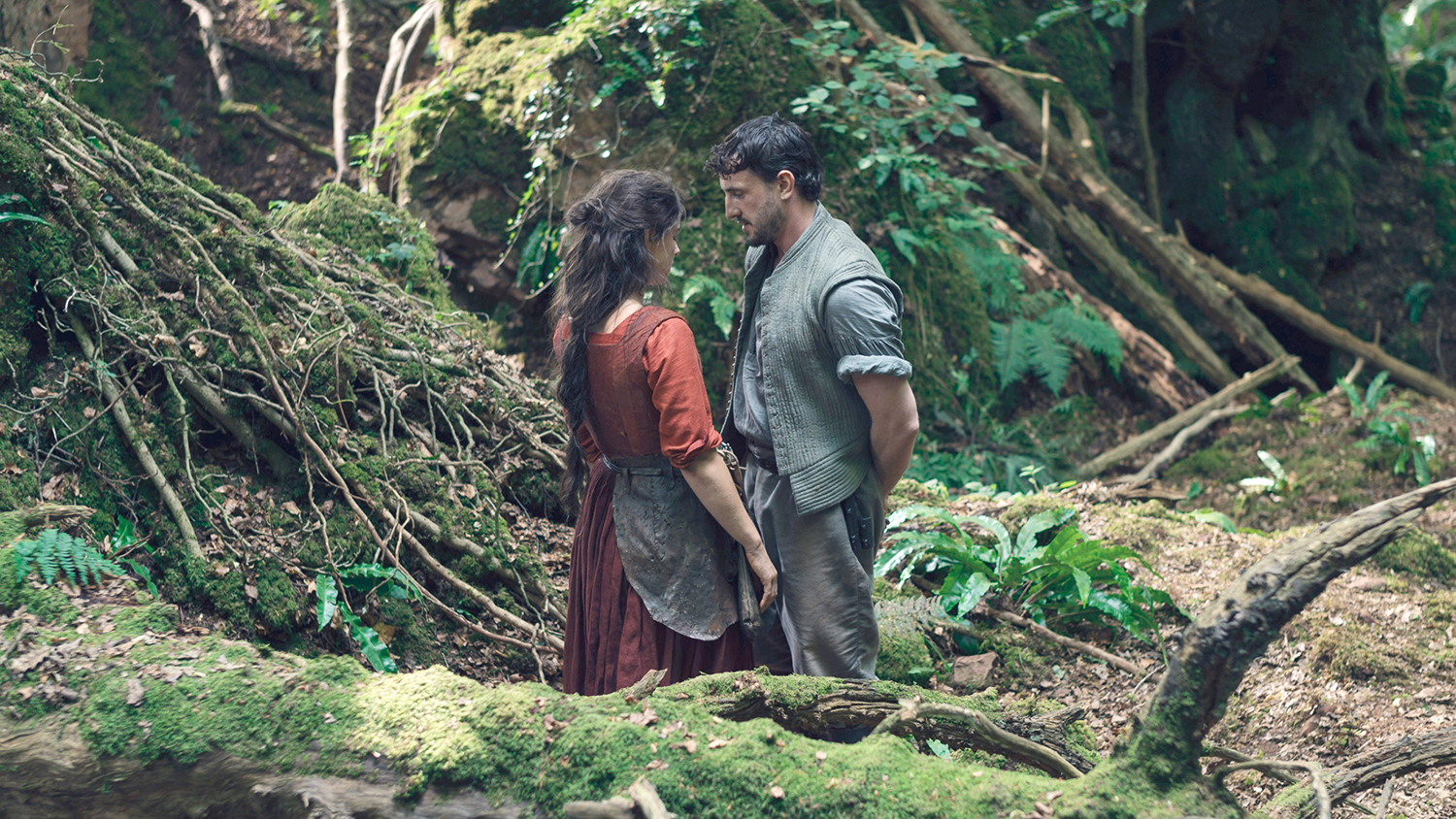 Film reviews: ‘Hamnet,’ ‘Wake Up Dead Man’ and ‘Eternity’
Film reviews: ‘Hamnet,’ ‘Wake Up Dead Man’ and ‘Eternity’Feature Grief inspires Shakespeare’s greatest play, a flamboyant sleuth heads to church and a long-married couple faces a postmortem quandary
-
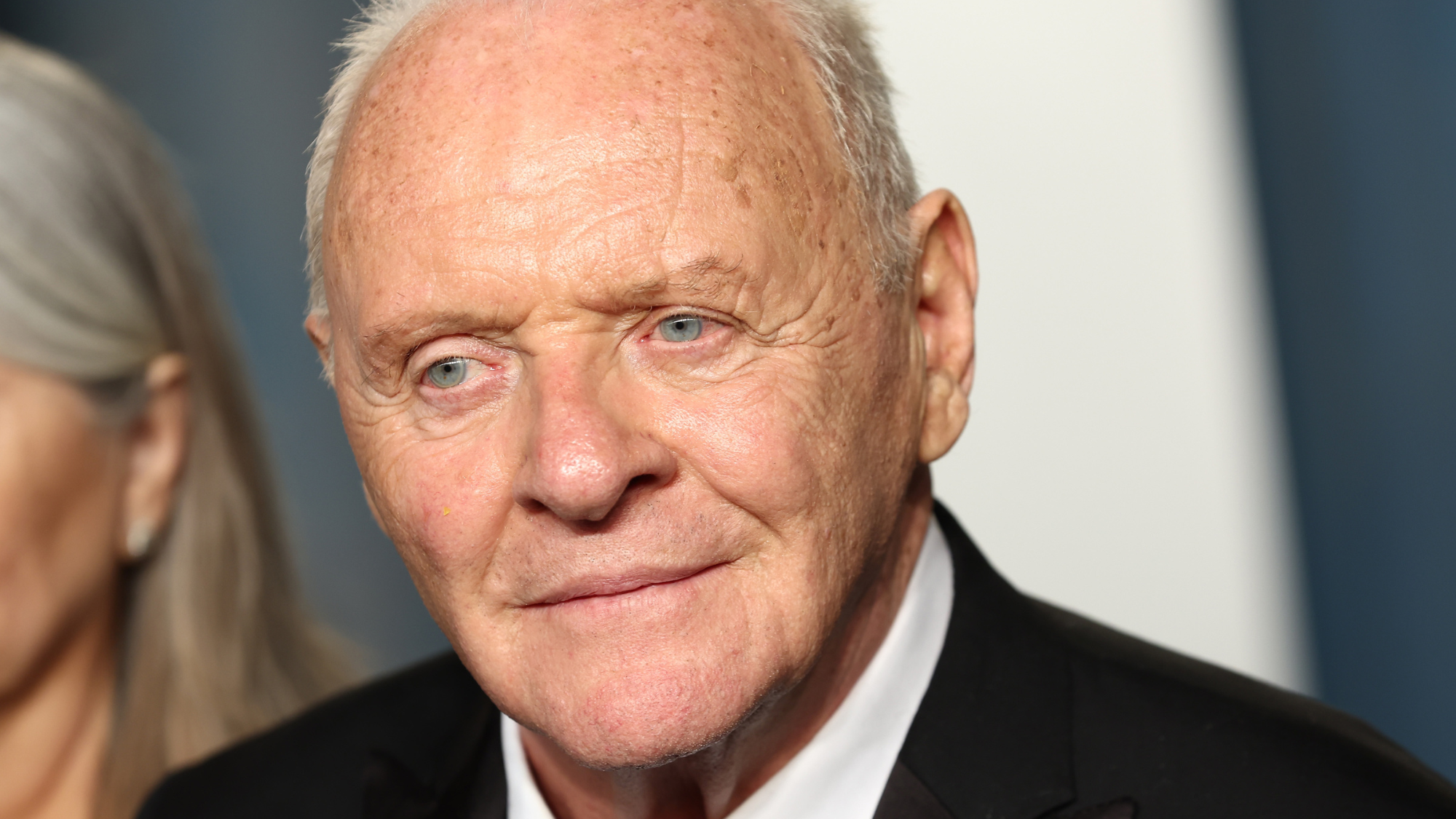 We Did OK, Kid: Anthony Hopkins’ candid memoir is a ‘page-turner’
We Did OK, Kid: Anthony Hopkins’ candid memoir is a ‘page-turner’The Week Recommends The 87-year-old recounts his journey from ‘hopeless’ student to Oscar-winning actor